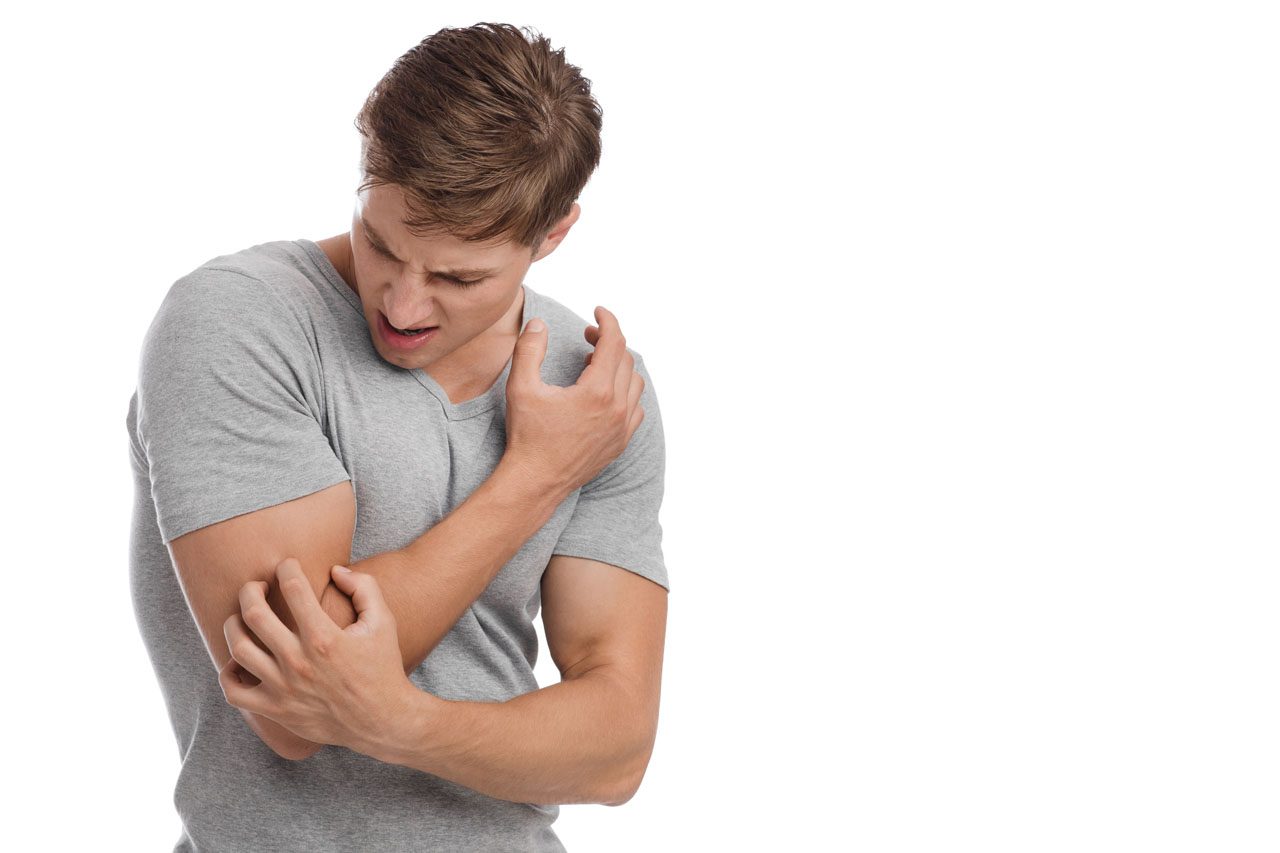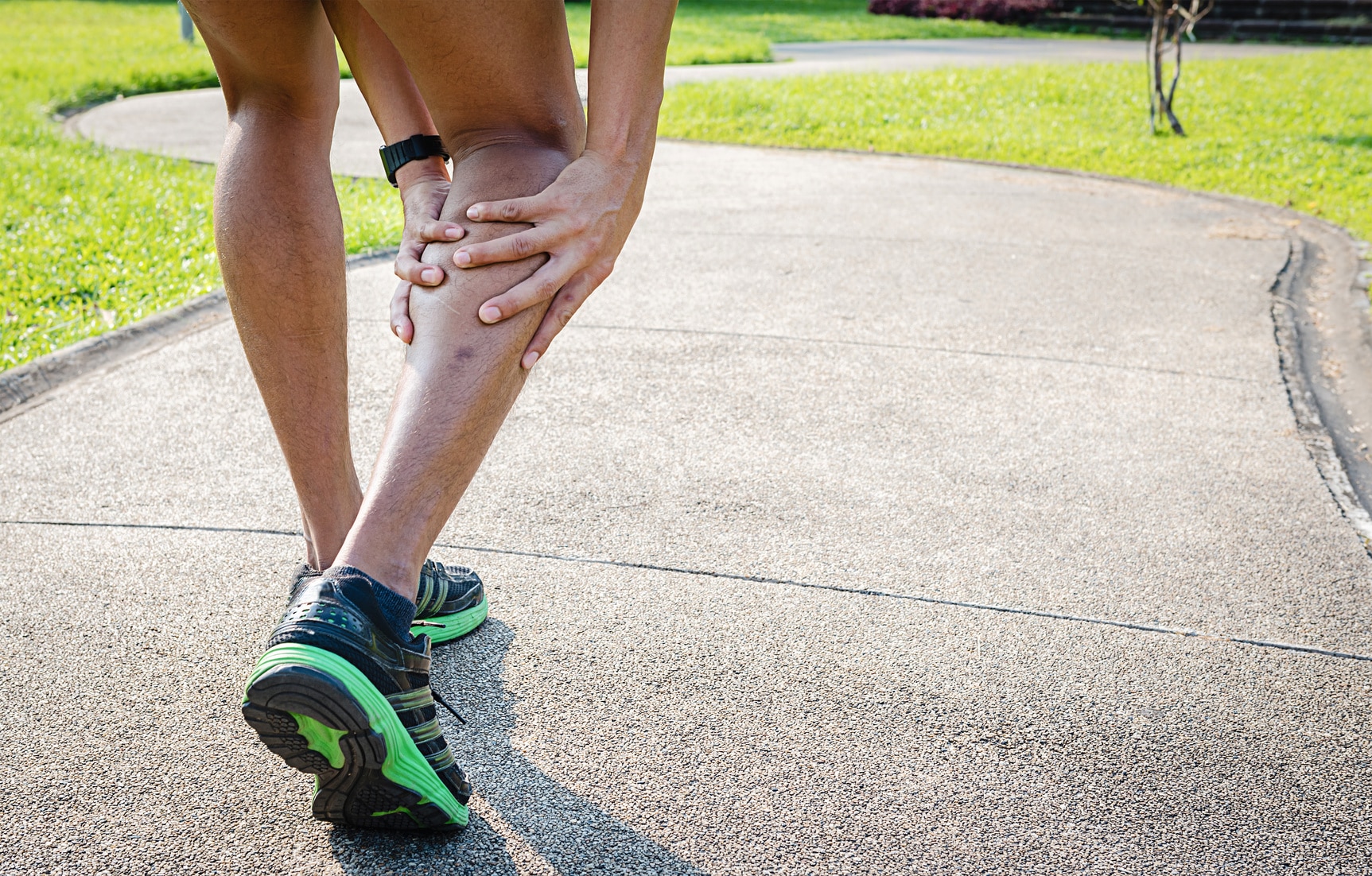
Muscle soreness is a common condition that many individuals experience after engaging in physical activity or exercise. It can range from mild discomfort to severe pain, affecting the muscles throughout the body. In this comprehensive article, we will delve into the causes, symptoms, prevention techniques, treatment options, and various methods for finding relief from muscle soreness.
Causes of Muscle Soreness

Muscle soreness can result from a variety of factors, including:
- Exercise-induced Muscle Damage: Intense physical activities or workouts that involve eccentric contractions, such as downhill running or weightlifting, can cause microscopic damage to muscle fibers. This damage triggers an inflammatory response, leading to muscle soreness.
- Lactic Acid Buildup: Contrary to popular belief, lactic acid buildup is not the primary cause of muscle soreness during or after exercise. However, it can contribute to acute muscle fatigue and discomfort during high-intensity exercise.
- Overexertion: Pushing your muscles beyond their limit, either by intensifying your workout too quickly or performing excessive repetitions, can lead to muscle soreness. Overexertion often occurs when individuals fail to allow adequate recovery time between training sessions.
- Inadequate Warm-up: Failing to properly warm up before exercising can increase the likelihood of muscle soreness. A dynamic warm-up routine helps prepare the muscles for activity by increasing blood flow, loosening the joints, and optimizing muscle flexibility.
- Dehydration: Insufficient fluid intake before, during, or after exercise can cause dehydration. Dehydrated muscles are more prone to soreness, cramps, and fatigue. Staying adequately hydrated is crucial for preventing muscle soreness.
Symptoms of Muscle Soreness
Muscle soreness can manifest in various ways, and individuals may experience different symptoms. Common signs and symptoms include:
- Muscle Pain: The primary symptom of muscle soreness is pain or discomfort in the affected muscles. The pain can range from a dull ache to sharp, intense sensations.
- Stiffness: Alongside pain, stiffness in the muscles is a frequent symptom of muscle soreness. This stiffness may restrict movement and make it challenging to perform daily activities.
- Swelling and Tenderness: In some cases, the affected muscles may appear swollen or feel tender to the touch. This swelling and tenderness are often associated with exercise-induced muscle damage.
- Reduced Range of Motion: Muscle soreness can limit mobility and flexibility, causing a decrease in the range of motion of the affected muscles or joints.
Preventing Muscle Soreness
While it may not be possible to completely eliminate muscle soreness, several strategies can help minimize its occurrence. Here are some preventive measures to consider:
- Gradual Progression: Gradually increasing the intensity, duration, or frequency of your workouts allows your muscles to adapt more effectively. This approach reduces the risk of overexertion and excessive muscle damage.
- Proper Warm-up and Stretching: Performing a dynamic warm-up routine before exercise helps raise your body temperature, increase blood flow to the muscles, and improve joint mobility. Additionally, incorporating static stretching after your workout can enhance flexibility and reduce post-exercise muscle tightness.
- Hydration: Maintaining proper hydration is crucial for muscle health and preventing soreness. Drink an adequate amount of water throughout the day, particularly before, during, and after exercise.
- Balanced Nutrition: Consuming a well-balanced diet that includes an appropriate ratio of macronutrients (carbohydrates, proteins, and fats) provides essential nutrients for muscle repair and recovery. Consider incorporating foods rich in antioxidants, such as fruits and vegetables, to reduce exercise-induced inflammation.
- Adequate Rest and Recovery: Giving your muscles ample time to recover between workouts is essential for preventing muscle soreness. Incorporate rest days into your training schedule and prioritize sufficient sleep to optimize the recovery process.
Treating Muscle Soreness

When muscle soreness does occur, you can employ various treatments to alleviate the discomfort. Here are some effective strategies:
- Rest: Allowing your muscles to rest is crucial for their recovery. Take a break from vigorous exercise or activities that exacerbate pain until the soreness subsides.
- Cold Therapy: Applying ice or cold packs to the affected muscles can help reduce inflammation and numb the area, providing temporary relief from soreness. Use an ice pack wrapped in a thin towel and apply it for 15-20 minutes at a time, several times a day.
- Heat Therapy: After the initial acute phase, applying heat to the affected muscles can promote blood circulation and relax tense muscles. Use a heating pad, warm towel, or take a warm bath to experience the soothing benefits of heat therapy.4. Massage: Getting a massage can help alleviate muscle soreness by increasing blood flow to the affected area and promoting relaxation. You can opt for professional massages or use self-massage techniques like foam rolling or using a tennis ball to target specific muscles.
- Over-the-counter Pain Relievers: Non-steroidal anti-inflammatory drugs (NSAIDs), such as ibuprofen or naproxen, can help reduce pain and inflammation associated with muscle soreness. However, it’s important to follow the recommended dosage and consult with a healthcare professional if you have underlying health conditions or are taking other medications.
- Topical Analgesics: Applying topical creams or gels containing ingredients like menthol, camphor, or capsaicin can provide temporary relief from muscle soreness. These products work by numbing the area or creating a cooling or warming sensation.
- Compression Therapy: Compression garments, such as sleeves or socks, can improve blood circulation and reduce swelling in the muscles. Wearing compression clothing during or after exercise may help minimize post-workout muscle soreness.
Exercises for Muscle Soreness Relief
Engaging in specific exercises can help alleviate muscle soreness and promote recovery. Here are some exercises that target different muscle groups:
- Light Cardiovascular Exercise: Engaging in low-intensity cardiovascular activities like walking, cycling, or swimming helps increase blood flow to the muscles, facilitating the removal of metabolic waste products and reducing muscle soreness.
- Active Recovery Workouts: Performing light resistance exercises with low weights or using resistance bands can aid in muscle recovery. These exercises should focus on full-body movements and target multiple muscle groups simultaneously.
- Yoga or Pilates: Practicing yoga or Pilates can improve flexibility, enhance blood circulation, and promote overall relaxation. These exercises involve stretching and strengthening movements that can alleviate muscle soreness and improve recovery.
- Low-Impact Exercises: Opting for low-impact exercises like elliptical training or stationary biking can provide a gentle workout for the muscles without placing excessive stress on them. These activities help promote blood flow and reduce muscle soreness.
Stretching for Muscle Soreness

Incorporating stretching exercises into your routine can help alleviate muscle soreness and improve flexibility. Here are some stretching techniques to consider:
- Static Stretching: Static stretches involve holding a stretch position for 15-30 seconds, focusing on the targeted muscle group. Some examples include standing quadriceps stretches, seated hamstring stretches, and calf stretches against a wall.
- Dynamic Stretching: Dynamic stretches involve active movements that mimic the motions of your workout or activity. These stretches help warm up the muscles and improve range of motion. Examples include walking lunges, arm circles, or leg swings.
- PNF Stretching: Proprioceptive Neuromuscular Facilitation (PNF) stretching combines static stretching with muscle contractions and relaxations. It involves contracting a muscle for a few seconds before stretching it further. PNF stretching is often done with a partner or using resistance bands for added intensity.
Dietary Tips to Alleviate Muscle Soreness

What you eat can also play a role in relieving muscle soreness and promoting recovery. Consider incorporating the following dietary tips:
- Hydration: As mentioned earlier, staying hydrated is crucial for preventing and alleviating muscle soreness. Drink plenty of water throughout the day, and consider incorporating electrolyte-rich beverages or foods to replenish lost minerals during exercise.
- Anti-inflammatory Foods: Include foods with anti-inflammatory properties in your diet to reduce muscle inflammation. Examples include fatty fish rich in omega-3 fatty acids (e.g., salmon, mackerel), berries, leafy greens, turmeric, and ginger.
- Protein for Muscle Repair: Consuming an adequate amount of protein is essential for muscle repair and recovery. Include lean sources of protein in your meals, such as chicken breast, fish, tofu, or legumes.
- Antioxidant-rich Foods: Antioxidants help reduce inflammation and oxidative stress. Incorporate fruits like berries, cherries, and citrus fruits, as well as vegetables like broccoli, spinach, and bell peppers into your diet to benefit from their antioxidant properties.
How Long Does Muscle Soreness Last?
The duration of muscle soreness can vary depending on several factors, including the intensity of the exercise, individual fitness level, and overall muscle condition. Generally, muscle soreness peaks within 24 to 72 hours after exercise and gradually subsides within 3 to 7 days.
It’s important to note that if you experience persistent or severe muscle soreness that doesn’t improve with time and self-care measures, it’s advisable to consult a healthcare professional for further evaluation.
Difference Between Acute and Delayed Onset Muscle Soreness
Acute muscle soreness and delayed onset muscle soreness(DOMS) are two distinct types of muscle soreness that occur under different circumstances.
- Acute Muscle Soreness: Acute muscle soreness is typically experienced during or immediately after intense exercise or physical activity. It arises as a result of the buildup of metabolic byproducts, such as lactic acid, during exercise. The discomfort associated with acute muscle soreness usually subsides relatively quickly once the activity is stopped and does not persist for an extended period.
- Delayed Onset Muscle Soreness (DOMS): DOMS, on the other hand, develops 24 to 72 hours after engaging in unfamiliar or strenuous exercise. It is characterized by microscopic damage to muscle fibers, inflammation, and increased sensitivity to pain. Activities that involve eccentric contractions, such as downhill running or eccentric weightlifting, are more likely to induce DOMS. The pain and stiffness associated with DOMS tend to peak within the first 48 hours and gradually resolve over the course of several days.
While acute muscle soreness is a temporary discomfort that dissipates relatively quickly, DOMS can last longer and may require specific interventions for relief.
Conclusion
Muscle soreness is a common occurrence following physical activity or exercise. Understanding its causes, symptoms, preventive measures, treatment options, and methods of relief can enable individuals to manage and minimize its impact on their daily lives. By gradually progressing in exercise routines, incorporating proper warm-up and stretching techniques, staying hydrated, and allowing adequate rest and recovery, individuals can reduce the likelihood and severity of muscle soreness. Additionally, utilizing various treatment strategies like rest, cold and heat therapy, massage, and over-the-counter remedies can provide relief when muscle soreness occurs. Remember to listen to your body, adapt your workouts accordingly, and seek medical advice if you have persistent or severe muscle soreness that does not improve with self-care measures. With the right approach, you can find a balance between challenging your muscles and promoting their optimal recovery.













